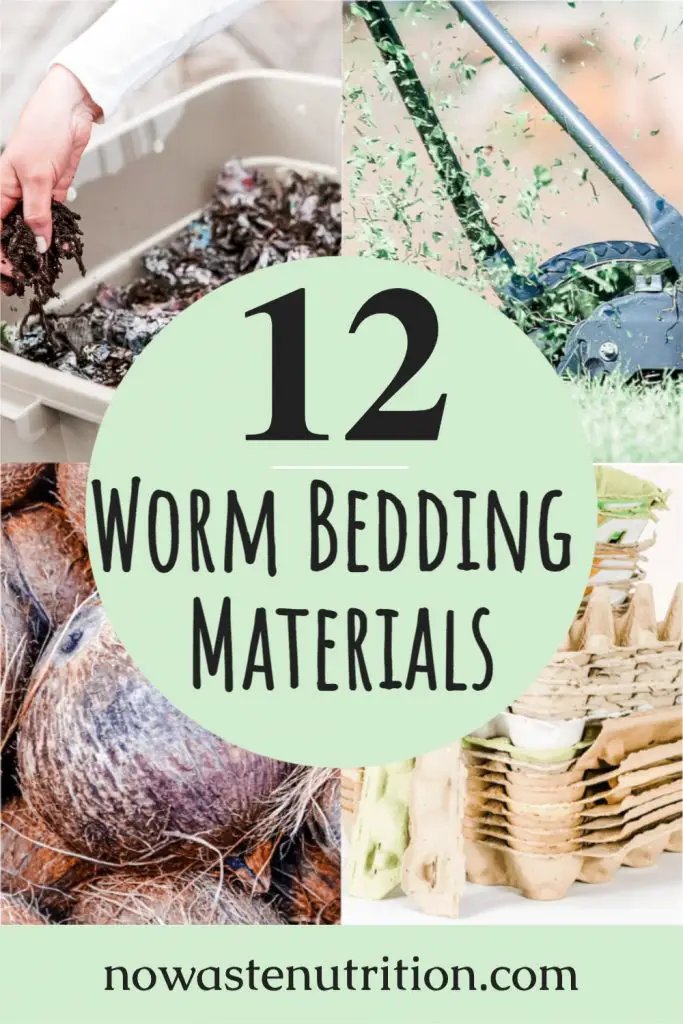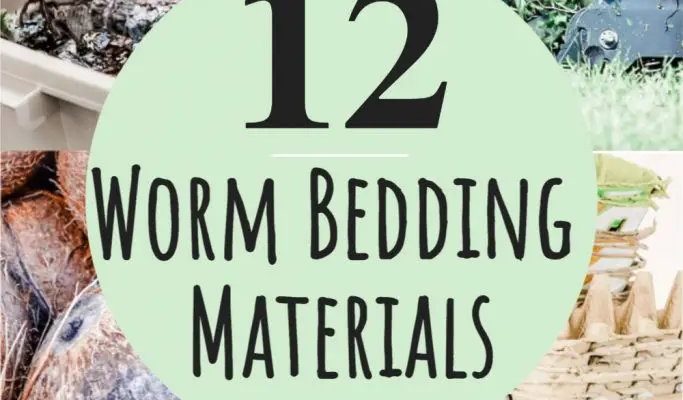
Recycling silkworm bedding might not be on everyone’s radar, but it’s surprisingly straightforward and beneficial. Not only does it help reduce waste, but it also supports sustainable gardening practices. If you’ve got your hands on a batch of silkworm bedding and are wondering how to handle it safely, you’ve come to the right place. Let’s dive into the process and help you understand just how to recycle this unique resource properly.
Why Recycle Silkworm Bedding?
You might be wondering, “What makes silkworm bedding worth recycling?” Well, for starters, it’s packed with nutrients beneficial for plants. When silkworms munch on mulberry leaves, they create a rich organic material in their bedding, which can act as a natural fertilizer. Just like how you’d feel good about turning your food scraps into compost, recycling this bedding contributes to a more sustainable lifestyle.
In addition to its nutrient load, recycling silkworm bedding helps reduce waste. Imagine a world where every bit of biodegradable material is utilized rather than thrown away. When you recycle bedding, you’re not just benefiting your own garden; you’re taking a small but significant step toward environmental responsibility. Besides, if you’re composting, why let good nutrients go to waste?
Furthermore, using silkworm bedding can improve soil structure and water retention in your garden, boosting plant growth. Think of it as giving your garden a nutrient-rich boost, just like how you might fuel up on a healthy breakfast before a big day.
How To Prepare Silkworm Bedding For Recycling
Before you start recycling your silkworm bedding, it’s important to prepare it properly. Here’s how to do it step-by-step:
1. Collect and Dry: First, gather the silkworm bedding. If it’s wet, allow it to dry out in a sunny spot. Moist bedding can create a breeding ground for mold, which you definitely want to avoid.
2. Remove Unwanted Bits: As you sift through the bedding, look for any non-biodegradable material or uneaten leaves. Although it’s mostly organic matter, there can be stray pieces that need to go. Discard anything that doesn’t belong.
3. Break It Down: If you want to speed up the recycling process, consider breaking down larger chunks. A pitchfork or shovel can help mix the bedding to allow for better aeration and decomposition when added to your compost.
Doing these steps right ensures you’re starting with a clean slate—free from any undesirable elements that could hinder the recycling process.
Composting Silkworm Bedding
One of the best ways to recycle silkworm bedding is through composting. Here’s how to incorporate it into your compost pile:
– Layering: Just like any other compostable item, silkworm bedding should be layered with other organic materials, such as vegetable scraps, grass clippings, or leaves. This helps create a balanced carbon-to-nitrogen ratio, essential for proper decomposition.
– Mixing: Turn the pile regularly. This aeration encourages microbial activity, which is crucial for breaking down materials. Silkworm bedding will decompose relatively quickly, adding nutrients to your compost.
– Monitoring: Keep an eye on the moisture levels. Too dry, and the compost might become stale; too wet, and you risk mold. Aim for a damp sponge-like consistency.
Once your compost is ready, you’ll have a rich soil amendment that your plants will love. It’s a win-win!
Using Silkworm Bedding in Your Garden
So, you’ve prepared and composted the silkworm bedding. Now what? You can incorporate this nutrient-rich material directly into your garden, enhancing your soil in several ways:
– Soil Enrichment: Mixing in composted silkworm bedding improves soil structure, promotes drainage, and enhances nutrient availability for your plants. It’s like giving your garden a hearty meal.
– Mulching: Use the bedding as mulch around your plants. It helps retain moisture, suppress weeds, and slowly releases nutrients as it breaks down. Just spread a thin layer on top of the soil to keep things looking tidy while reaping benefits!
– Fertilizer Alternatives: If you’re looking for an organic fertilizer option, composted silkworm bedding is a great substitute. It’s gentle on plants, so you won’t risk burning them like some synthetic fertilizers might.
Your plants will appreciate the care you take in recycling this bedding, and you’ll feel good knowing you did your part for the environment.
Common Pitfalls To Avoid When Recycling Silkworm Bedding
While recycling silkworm bedding is a great idea, there are some common pitfalls to watch out for:
– Overloading: Don’t dump a large amount of bedding into your compost all at once. It can lead to a nitrogen overload and cause odors or imbalances in your compost.
– Neglecting Aeration: Failing to mix your compost pile regularly can lead to anaerobic conditions, which slow down decomposition. Make it a habit to turn your pile, ensuring even breakdown.
– Ignoring Pests: Sometimes, silkworm bedding can attract unwanted pests. If this happens, ensure you compost properly and keep the pile well-maintained to deter any critters.
By keeping these points in mind, you can ensure your recycling efforts are not only successful but also effective.
Alternatives To Recycling Silkworm Bedding
If composting isn’t your thing, or you want to explore other options, there are alternatives to recycling silkworm bedding:
– Direct Application: If you have a garden, you can directly mix the bedding into the soil. Just make sure it’s broken down enough to prevent clumping.
– Worm Bins: Some gardeners use silkworm bedding in their worm bins. Red wigglers will thrive on this material, breaking it down and turning it into nutrient-rich worm castings.
– Animal Bedding: If you have chickens or other small animals, consider using the bedding as part of their bedding mix. It’s organic and provides some extra nutrients in their environment.
Each option has its benefits, and it’s all about finding what works for you!
Final Thoughts on Recycling Silkworm Bedding
Recycling silkworm bedding may seem niche, but it’s a fantastic way to contribute to sustainability while benefiting your garden. By preparing the bedding correctly, composting it properly, and using it thoughtfully, you can enrich your plants and soil without adding waste to landfills.
Honestly, every bit counts in the larger picture of environmental stewardship. If you’ve been raising silkworms or just have some leftover bedding, I hope this guide has helped demystify the recycling process. Whether you choose composting, direct application, or another route, you’re making an impact. It’s a simple yet effective way to cycle through resources while nurturing nature—talk about a win-win!

